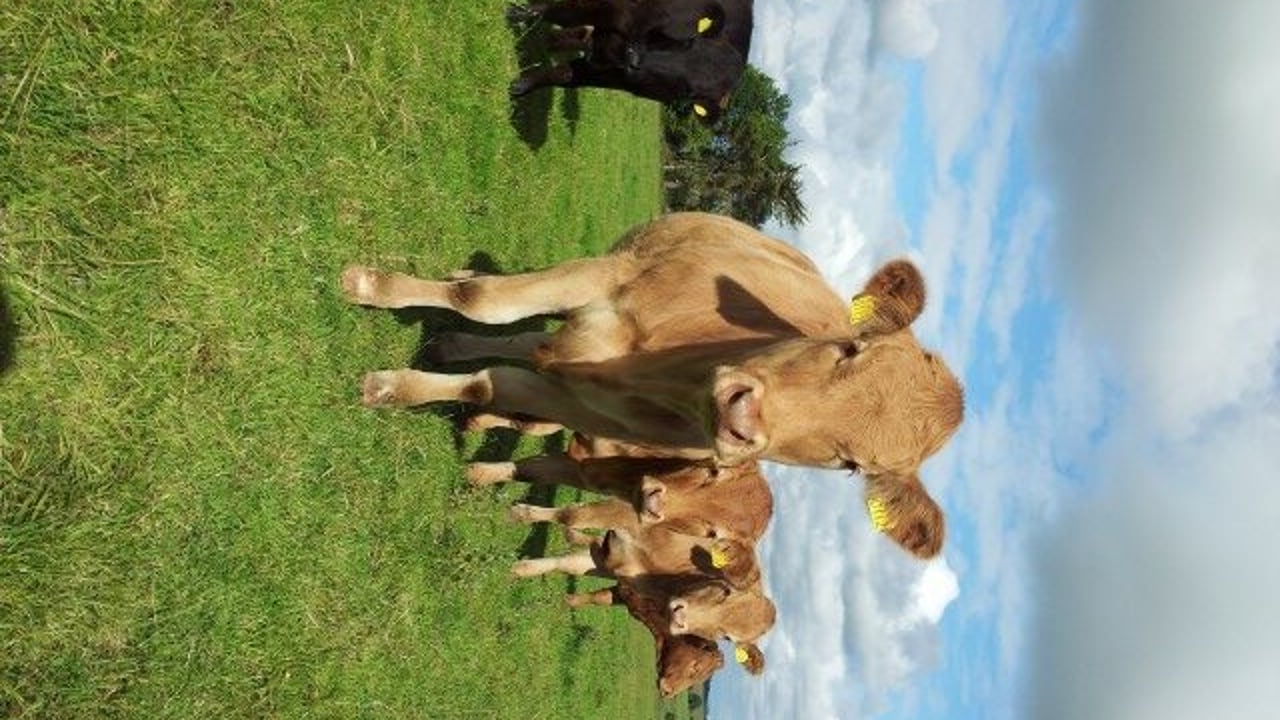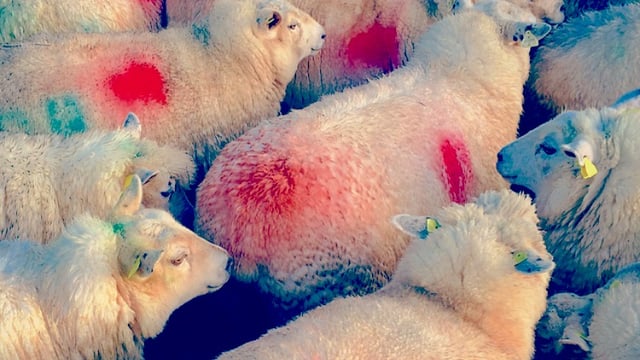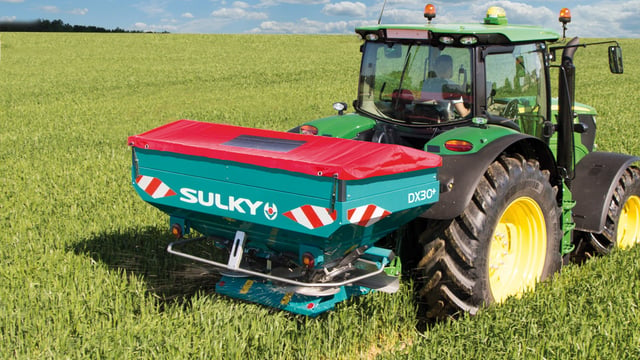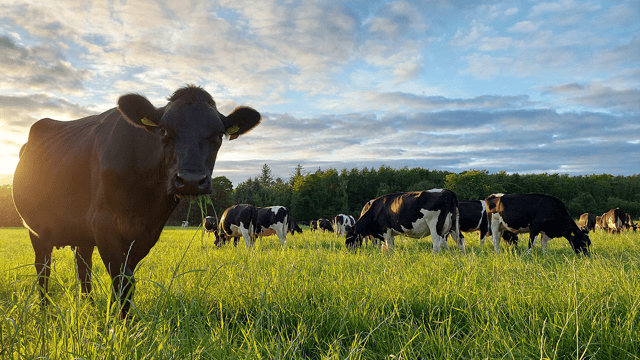How to economically achieve a 365-day calving interval for suckler cows - Teagasc
Analysis carried out in 2014 found that the annual cost of keeping a suckler cow on Irish beef farms ranged from €550 to €700.
This was for farms with high levels of management and where the length of the grazing season was approximately 220 days.
The range in suckler cow costs on these farms was primarily a reflection of differences in feed, replacement heifer and breeding costs.
Where levels of management are lower and/or the length of the grazing season is shorter than this, then it is likely that suckler cow costs are greater.
Although farmers can adopt management strategies to reduce suckler cow costs (e.g. calving close to the onset of the grazing season so that feed costs are minimised), these costs are likely to remain the predominant cost for suckler beef farms.
The quality (muscularity) is also important, particularly for farms selling weanlings. One of the key measures determining the cost and annual output of suckler beef cows is the calving interval.
Calving interval describes the number of days between successive calvings. The target calving interval for a suckler cow is 365 days; where the calving interval is greater than 365 days this means that it takes longer than one year for a cow to produce successive calves.
The overall effect of longer calving intervals is to reduce profitability for suckler beef farms for the following reasons:
There are also health risks (mixing of calves of different ages and levels of disease exposure), marketing difficulties (selling uneven batches of calves) and management/labour challenges (for example, repetition of husbandry tasks such as disbudding and castration as calves reach suitable ages on different dates).
It is also important to consider that costs are typically expressed on an annual basis but if calving intervals are greater than 365 days then the cost of maintaining suckler cows per calf weaned is greater than the annual cost.
Take the example of a cow with an annual cost of €600 and has a calving interval of 396 days (one year and one month) – in effect the cost of this cow per calf produced is €650.
The overall cost of longer calving intervals, taking into account the above factors, has been quantified as €2.20 per day change in calving interval. Data from Irish Cattle Breeding Federation (ICBF) indicates that the average calving interval for suckler cows in Ireland is 403 days.
Using this cost estimate and the national average calving interval and applying it to a herd of 50 cows, total farm costs are increased by almost €4,200 (50 cows x 38 days longer calving interval x €2.20/day), a considerable cost particularly in the context of suckler beef systems where margins are low.
Indeed across the national suckler cow herd of approximately one million cows, this represents a cost of almost €85m to the industry.
Overall it is clear that the length of calving intervals on suckler beef farms is an important factor influencing profitability.
The three most important factors controlling reproductive performance are level of management, herd health and genetics.
Attention to all of these factors is required for high levels of reproductive performance, short calving intervals and profitable suckler beef systems.
Paul Crosson, Research Officer, Teagasc, Grange




